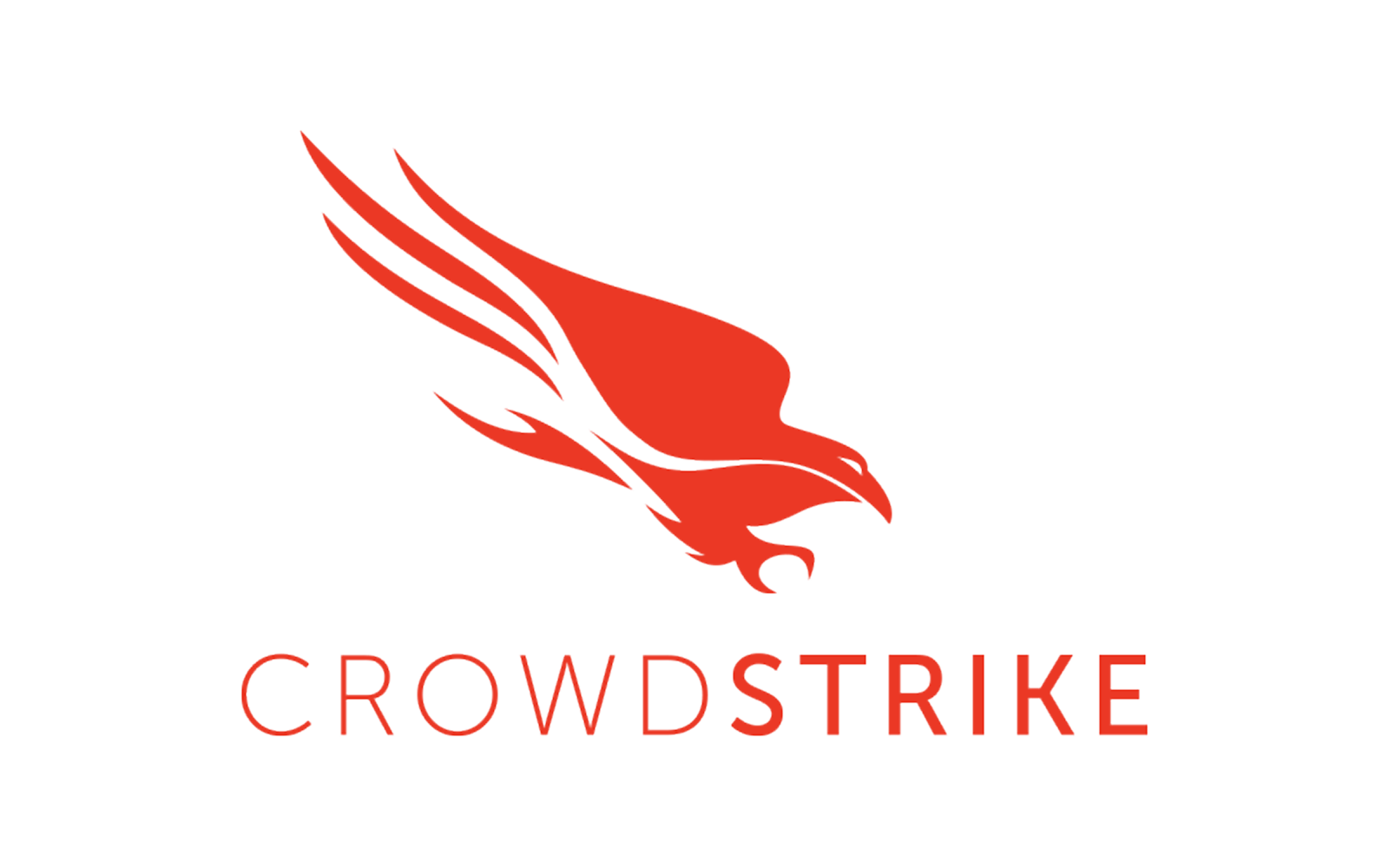
Situation: The Challenge of Scaling a Global ISV
A global independent software vendor (ISV) focused on building and acquiring industry-specific software for manufacturers and distributors in the Food & Beverage, Fashion & Apparel, and Retail industries faced a significant challenge. With aggressive growth targets, they plan to triple revenue within five years. However, their existing IBM Power8 and Power9 infrastructure, hosted in colocation data centers in New Jersey, lacked the scalability, flexibility, and global reach to support this expansion.
Their 13 LPAR environment, housing both single-tenant and multi-tenant clients, presented three major roadblocks:
1. Lack of IBM i Expertise – The company lacked internal skills to manage and optimize IBM i environments, making in-house operations inefficient and distracting from core software development.
2. Expiring Hardware & Software Contracts – Their infrastructure contracts were set to expire, forcing them to either renew at high costs or risk running unsupported environments.
3. The Need for Scalability and Cost Predictability – To support global expansion, they needed dynamic scaling with a fixed cost model, something colocation could not provide.
They required a trusted partner to migrate their mission-critical workloads to the cloud, provide managed services, and ensure a cost model aligned with business growth.
Action: A Strategic Cloud Transition for Scale
GlassHouse Systems (GHS) in collaboration with IBM, designed a comprehensive cloud solution, going beyond a simple "lift-and-shift" migration. Instead, we took a holistic, business-driven approach:
- Deep Technical Discovery & Analysis
- Conducted detailed workload assessments, including performance and cost forecasts.
- Hosted a technical discovery workshop to align cloud architecture with their business and financial objectives.
- Delivered live demonstrations to showcase the efficiency, security, and automation of IBM Cloud.
- Cloud Architecture & Migration Plan
- Designed a multi-year forecast to optimize costs and performance in IBM Cloud.
- Developed a tailored bill of materials (BOM) and a comprehensive managed services plan.
- Deployed IBM Power Virtual Server in IBM’s global Category 4 data centers, ensuring enterprise-grade reliability.
- Managed Services & Cost Optimization
- GlassHouse Systems' managed services eliminated the need for in-house IBM i expertise, allowing teams to focus on software innovation and acquisitions.
- The financial model allowed for capitalization of infrastructure costs, aligning with their accounting strategy.
Business Outcome: Global Scale & Competitive Differentiation
By partnering with GlassHouse Systems, the company transformed how they manage, scale, and operate their mission-critical workloads.
- Scalable, Future-Proof Cloud Platform
- Migrated from rigid colocation to an enterprise-grade, cloud-native architecture with seamless global expansion capabilities.
- IBM Cloud’s flexible infrastructure scaled dynamically, eliminating hardware procurement delays.
- Reduced Costs & Increased Focus
- Eliminated colocation leasing expenses and hardware/software renewal costs, significantly lowering total cost of ownership.
- Freed IT teams from infrastructure management, allowing them to focus on software development and business growth.
- Competitive Advantage Over Colocation & Competitors
- Although GlassHouse Systems' solution was more expensive than competing hosted options, the customer recognized the differentiated value.
- Unlike colocation, IBM Cloud operates 52 globally interconnected, Category 4 data centers, ensuring unmatched security, redundancy, and performance.
- This infrastructure was critical, as a localized colocation model would not support their mission-critical, globally distributed software operations.
- Speed, Execution, and Trust
- Within three meetings and one technical workshop, GHS structured and delivered a tailored cloud proposal.
- By combining cloud solutioning, migration, and managed services, we provided a one-stop-shop experience that competitors could not match.
- Enterprise-Grade Security & Resilience
- IBM Cloud’s billion-dollar investment in security, compliance, and global interconnectivity provided an enterprise-grade backbone for their operations.
- Unlike colocation, which operates isolated regional facilities, IBM Cloud offered a secure, fully interconnected global network—critical for a company running mission-critical applications worldwide.
Conclusion: A Deal Won on Value, Not Just Cost
Despite facing a lower-cost competing solution GHS secured this engagement by delivering unmatched value. The customer recognized that:
- Colocation was not viable for a global, mission-critical business.
- IBM Cloud’s enterprise-grade security, scalability, and infrastructure outperformed any regional provider.
- GHS' expertise in mission-critical workloads, along with speed, execution, and managed services, provided a clear competitive advantage.
This is not just a migration story—it’s a business transformation story. For global organizations, the choice is clear: colocation simply cannot compete with the security, agility, and resilience of IBM Cloud.
More use cases that might interest you:








.png)


-1.png)

-1.png)


.png)